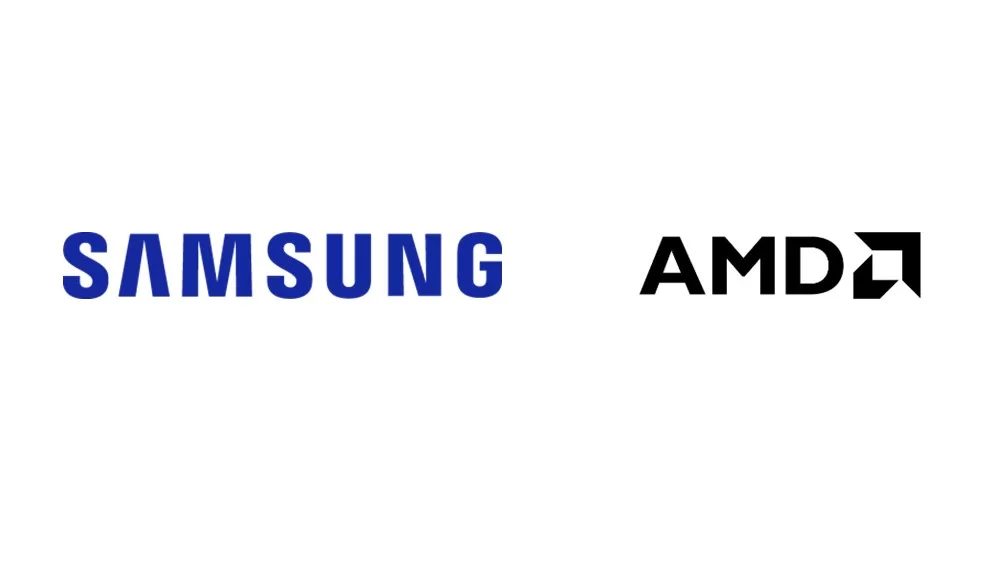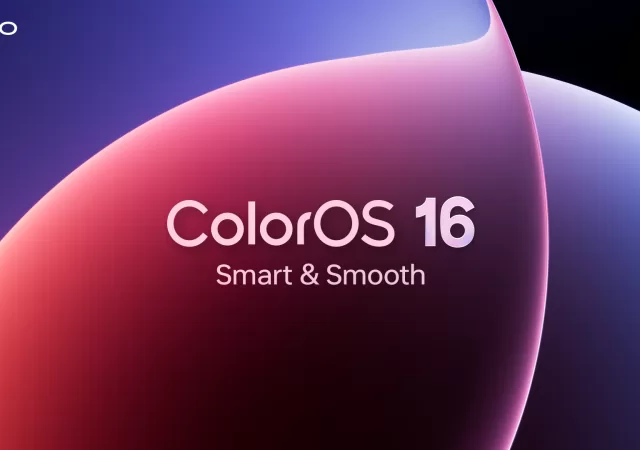Technically, this is not the first we heard of Samsung partnering with AMD to bring Radeon graphics into the mobile space. AMD technically licensed their RDNA architecture to Samsung in 2019. That partnership gave birth to something called the Samsung Xclipse, a mobile GPU with AMD’s RDNA 2 architecture built into it. It was the first of the world’s mobile GPU with ray-tracing and variable rate shading capabilities. It was also rumoured to match the performances of modern gaming consoles.
Samsung Xclipse did not see the light of day in our everyday products though. While we expected Samsung to integrate the product in to their Samsung Galaxy S flagship smartphones and Galaxy Tab S tablets, it never really happened. Instead, the Samsung Galaxy S23 and Galaxy Tab S line-up today features a third-party Qualcomm Snapdragon system on a chip (SoC). You will not be able to opt for Samsung’s in-house Exynos chips with the flagship devices too globally, because that high-end Exynos chip does not exist as of yet.
That might change in the coming iterations of Samsung Galaxy S and Galaxy Tab S device though. As per the title, Samsung has just signed a new licensing agreement with AMD. This agreement is not a renewal, but rather an expansion of the original agreement with AMD. The expansion now allows Samsung to integrate AMD’s Radeon RDNA architecture into an expanded portfolio, that includes more Exynos chips. This is where it could get interesting.
The expansion could allow Samsung to integrate the RDNA 2, or even RDNA 3 technology into their latest Exynos chips. While Samsung has yet to reveal a high-end world beater SoC, they are putting their Exynos chips into mid-range smartphones. You could potentially get a Samsung Galaxy A series smartphone with RDNA 2 or even RDNA 3 built into their Exynos platform. That also means that Samsung could boast console level gaming experience on their more accessible mid-range smartphone series. In that case, their mid-range smartphones could be a lot more appealing than flagship smartphone if all you are looking for in your smartphone is raw processing power.
The expansion could also mean that Samsung has been holding back on high-end Exynos chips because they have been working with AMD behind closed doors to offer that fabled Exynos SoC with RDNA 2 or even RDNA 3 graphics architecture in tow. In which case, they might have bragging rights in introducing the world’s first flagship smartphone that is capable of hardware ray-tracing and variable rate shading. You will also get console level gaming experience out of the device, obviously.
The thing is, we are not expecting to see the Samsung Galaxy Z Fold series with Samsung’s Exynos with AMD Radeon graphics in tow anytime soon. The soonest we can expect to see the AMD Radeon name gracing a Samsung Galaxy device is probably in 2024, with the Samsung Galaxy S24. Even that is a far-fetched speculation we think and a very early one at that. All we can do currently is wait.






